The art of pastry decoration is a symphony of creativity, precision, and craftsmanship, where bakers transform simple confections into exquisite works of edible art. Mastering essential pastry decorating techniques is paramount for those who aspire to elevate their baking skills and create visually stunning and delectable treats. These techniques are the building blocks of pastry and baking decoration, offering an array of tools and methods to adorn cakes, cookies, and desserts with intricate designs, lifelike embellishments, and captivating details. Join and unravel the secrets and nuances of these indispensable skills, empowering you to infuse your baking endeavors with artistry and sophistication.
Piping and Frosting Skills:
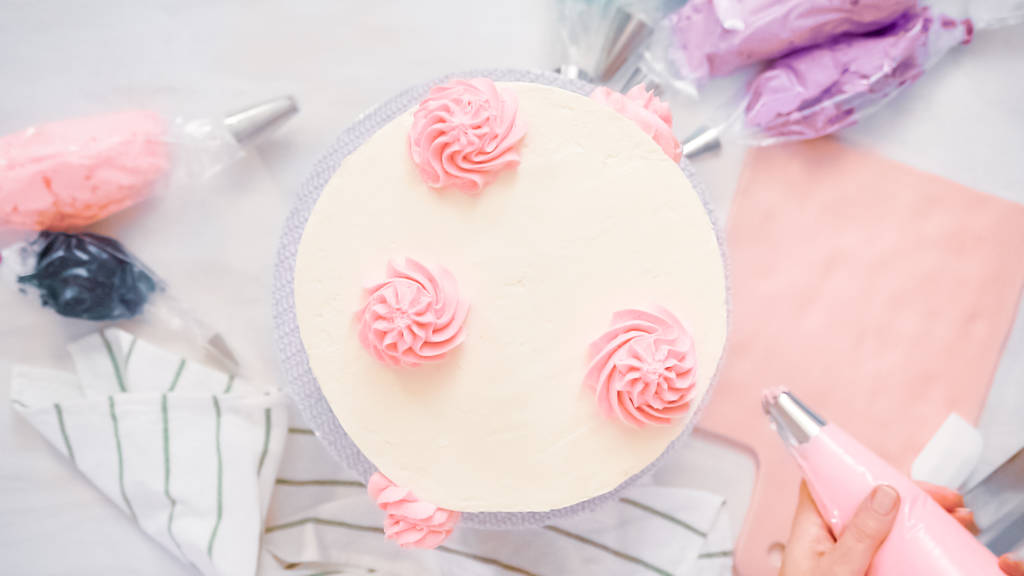
Piping and frosting skills constitute the foundation of pastry decoration, encompassing techniques essential for transforming baked goods into visually enticing creations. This intricate art revolves around utilizing a variety of piping tips and bags to apply icing, cream, or other decorative elements with precision and finesse. Key proficiencies include mastering consistent pressure control to achieve even and smooth surfaces, thereby facilitating the creation of intricate designs. The ability to select and use diverse piping tips, such as star, round, and petal variations, grants versatility in embellishing an array of pastries, elevating their aesthetic appeal while retaining deliciousness at the core.
Royal Icing Techniques:
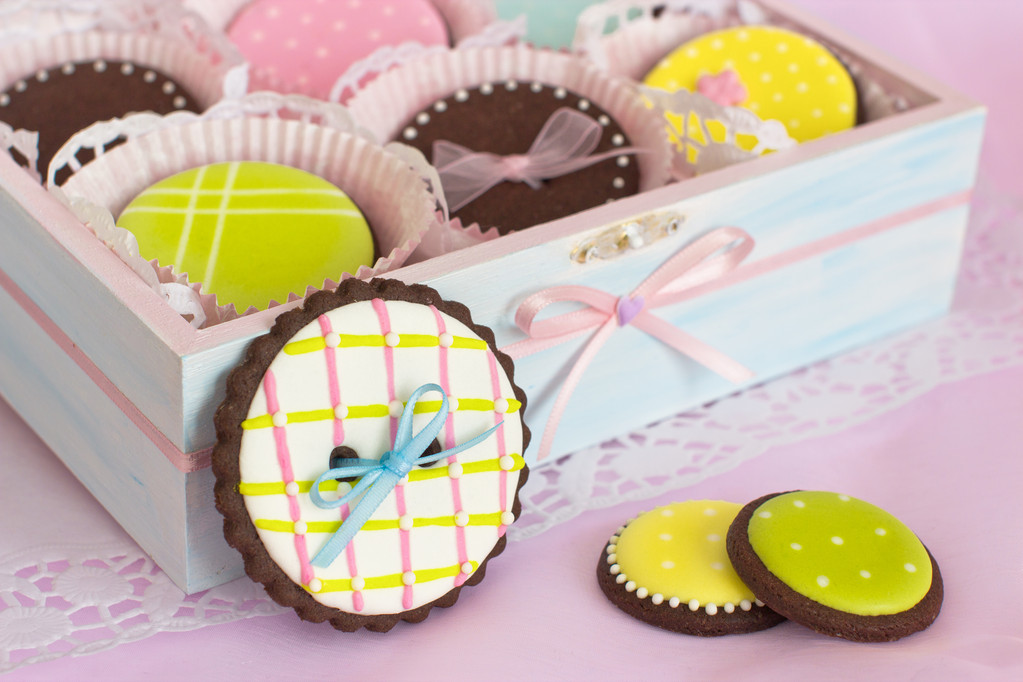
Royal icing techniques are pivotal in pastry and baking decorations, offering a versatile approach to crafting intricate and delicate embellishments for various confections. Central to this skill is achieving the optimal consistency of royal icing, a crucial element that determines its suitability for various applications. Expertise in the art of flooding and piping with royal icing enables the creation of fine lines, elaborate lacework, and delicate floral designs, elevating the visual allure of cakes, cookies, and gingerbread houses. By mastering these royal icing techniques, pastry enthusiasts can add an enchanting touch to their creations, underscoring the artistry that resides within the realm of baking decorations.
Fondant Sculpting:
Fondant sculpting represents a pivotal skill in the repertoire of pastry decorations, opening the door to an extensive realm of creative possibilities. This technique involves the manipulation of pliable fondant to shape intricate 3D forms, lifelike figures, and delicate details, all emphasizing precision. Developing proficiency in fondant sculpting encompasses honing the art of shaping and texturing fondant, alongside the mastery of achieving a smooth, flawless finish on cakes and confections. This skill enables pastry artisans to craft stunning cake toppers, intricately designed lifelike flowers, and themed cake creations that showcase the seamless integration of aesthetics and flavor, reflecting the artistry inherent in baking decorations.
Brush Embroidery:
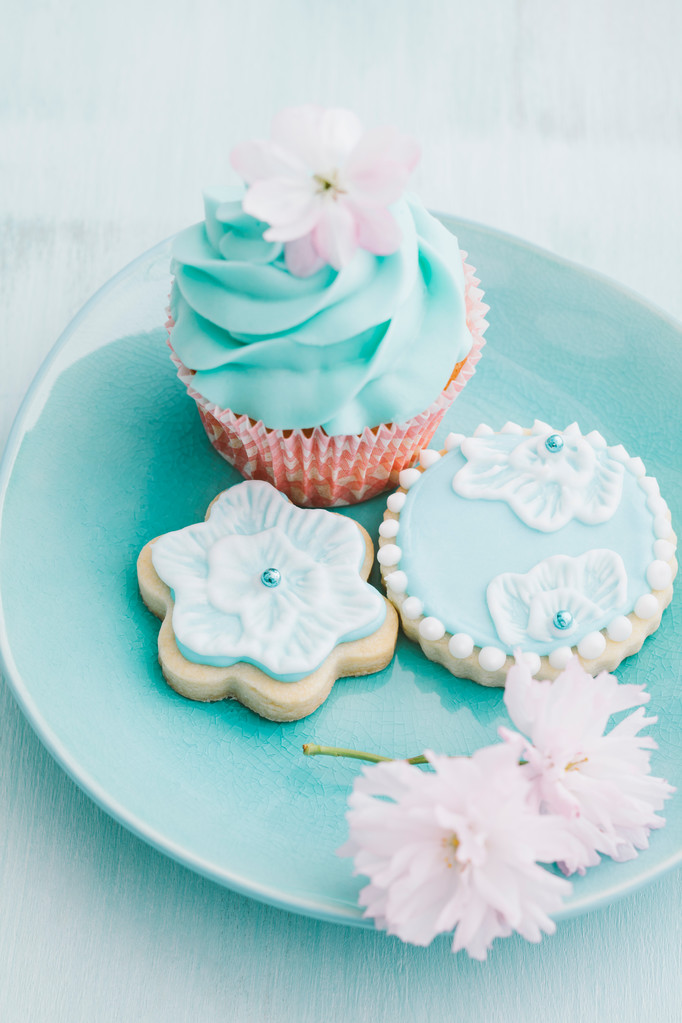
Brush embroidery stands as a delicate and artistic technique within pastry decorations, offering a method that imparts an elevated sense of intricacy to various confections. This technique involves using edible paint or food coloring, applied meticulously with a fine brush, to create intricate patterns, lacework, or botanical designs on cookies, cakes, and cupcakes. Mastery of brush embroidery necessitates a steady hand and precise brush control to achieve stunning hand-painted effects, adding a touch of bespoke craftsmanship to baked creations. The marriage of artistic precision with culinary excellence epitomizes the artistry that defines baking decorations, giving rise to confections that delight both the eye and the palate.
Sugar Flower Crafting:
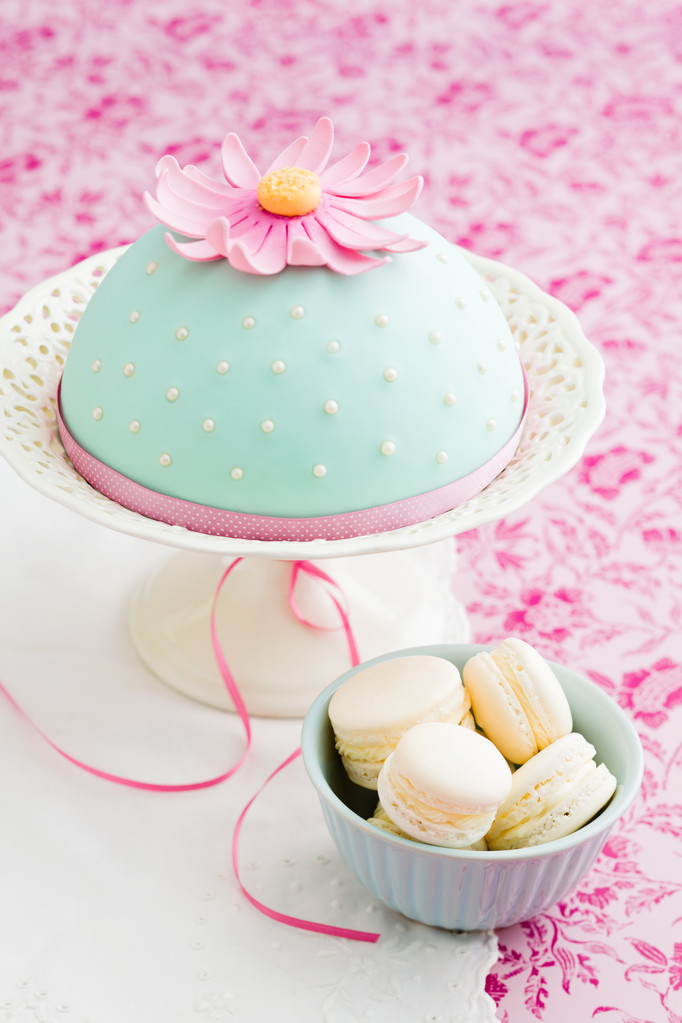
Sugar flower crafting embodies a sophisticated facet of baking decorations, allowing artisans to create exquisite floral adornments that lend an air of elegance to cakes and desserts. Proficiency in this technique hinges on the adept manipulation of materials like gum paste or modeling chocolate, skillful petal shaping, and the art of color dusting. The meticulous development of lifelike sugar roses, peonies, orchids, and other floral arrangements is a testament to the artisan’s prowess in this specialized craft. These sugar blooms, not only visually captivating but also entirely edible, elevate the aesthetic appeal of confections, highlighting the harmonious convergence of artistry and culinary expertise within pastry decorations.
Chocolate Artistry:
Chocolate artistry serves as a versatile and indulgent facet of baking decorations, enriching the world of confectionery with both visual allure and exquisite taste. This technique revolves around the mastery of chocolate, including the crucial skill of tempering, which ensures its proper texture and sheen. Additionally, it involves molding chocolate into diverse shapes, intricate designs, and delicate patterns. Proficient chocolatiers can create captivating decorations like chocolate curls, shavings, and intricate motifs to adorn a wide array of cakes, tarts, and desserts. The artistry of chocolate not only enhances the aesthetics of baked goods but also introduces a luxurious and delectable dimension to the overall culinary experience, reaffirming its significance in baking decorations.
Conclusion
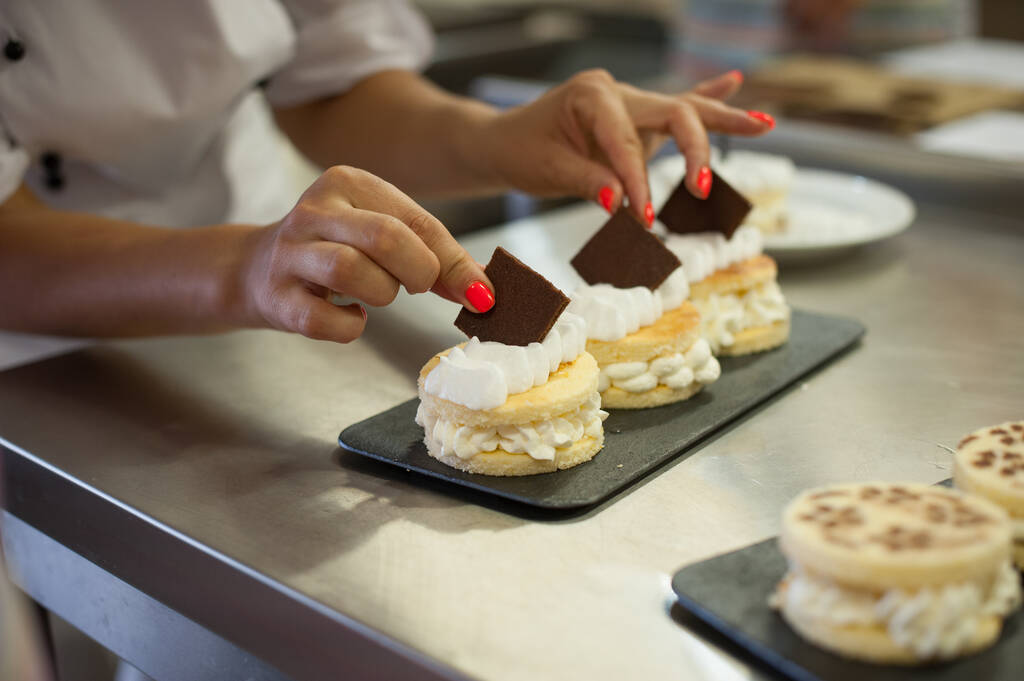
By honing your skills in piping and frosting, royal icing, fondant sculpting, brush embroidery, sugar flower crafting, and chocolate artistry, you equip yourself with the tools to turn ordinary pastries into extraordinary creations. These techniques not only enhance the visual appeal of your baked goods but also showcase your artistry and dedication to the craft of pastry decoration. As you refine your abilities and explore the endless possibilities these techniques offer, you embark on a path that elevates your baking endeavors, leaving a lasting impression on those who savor your delecta
